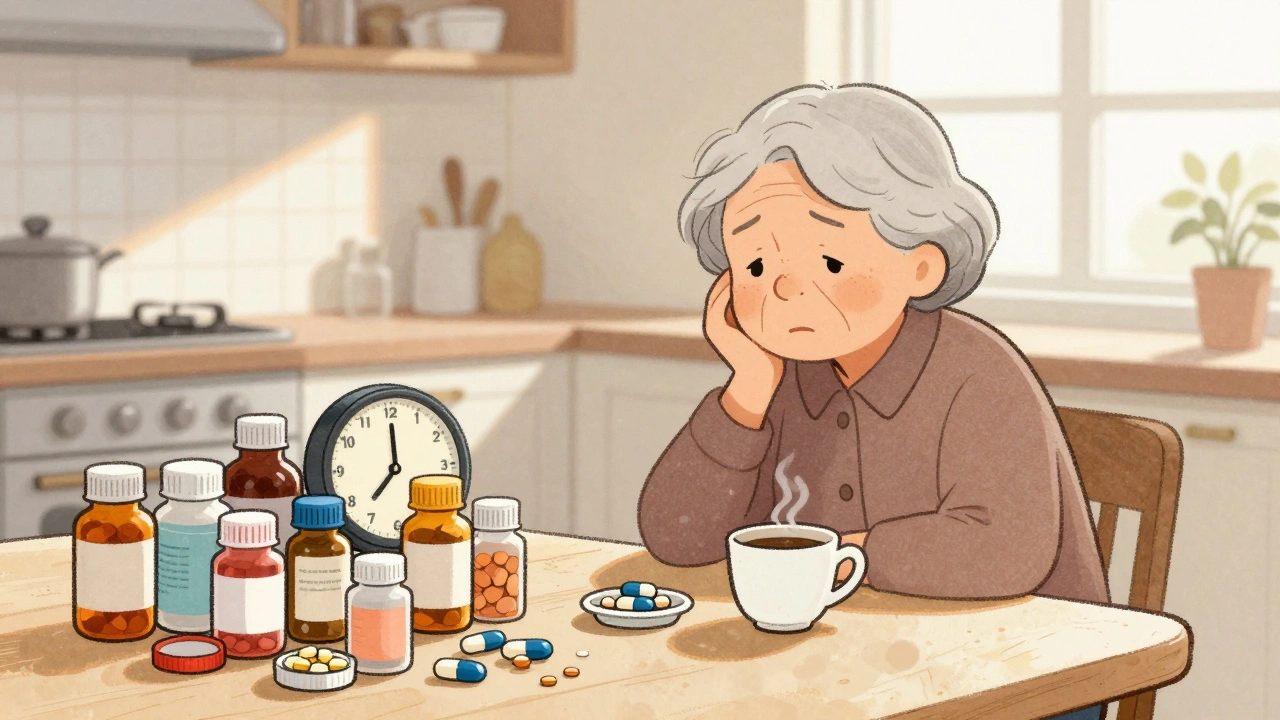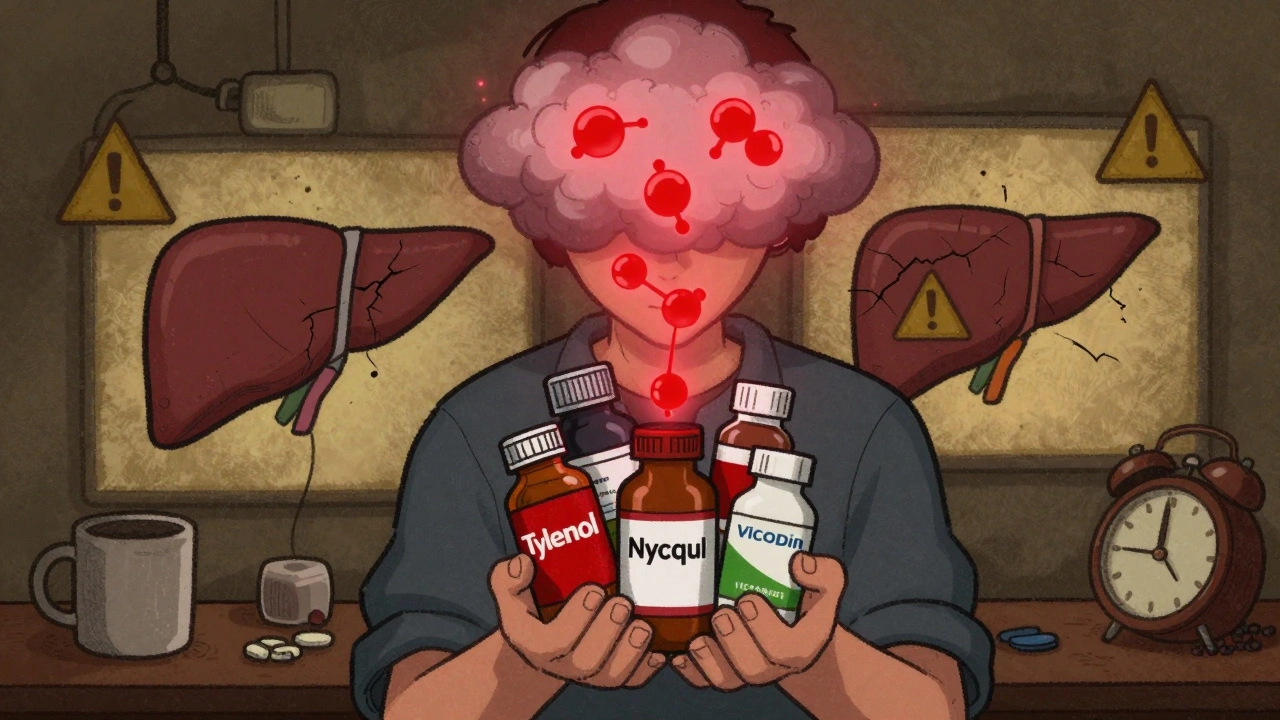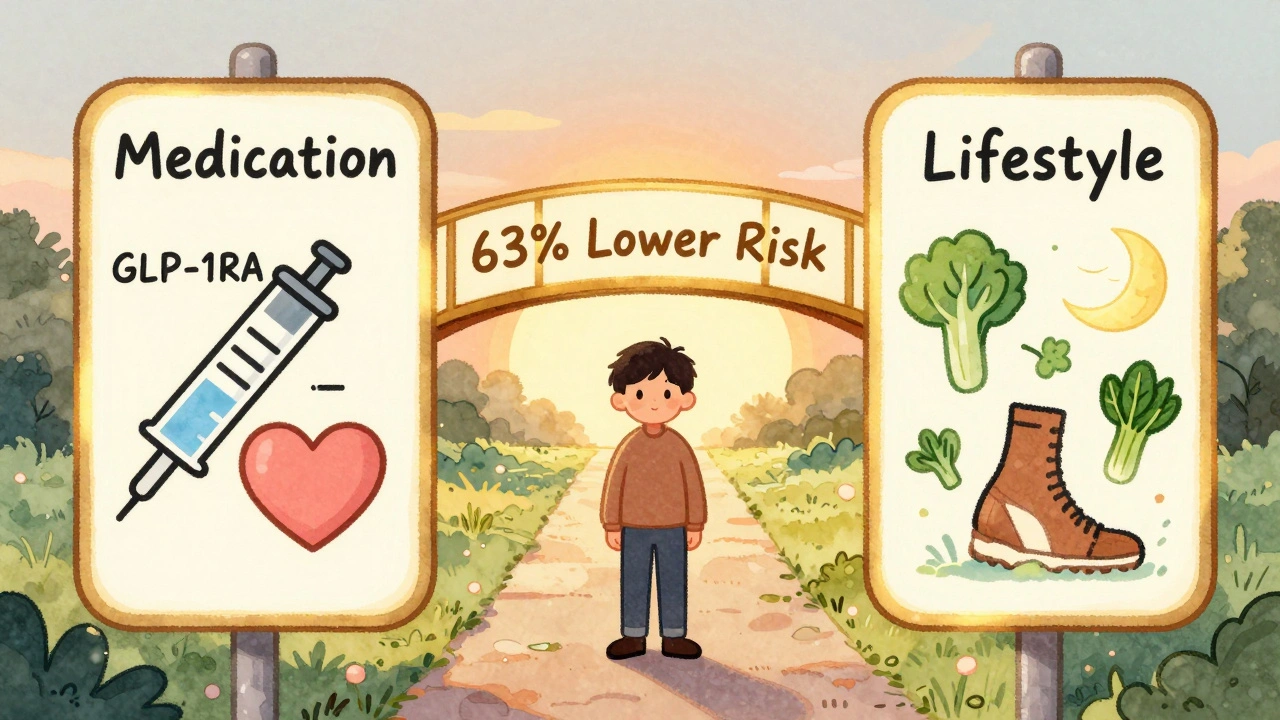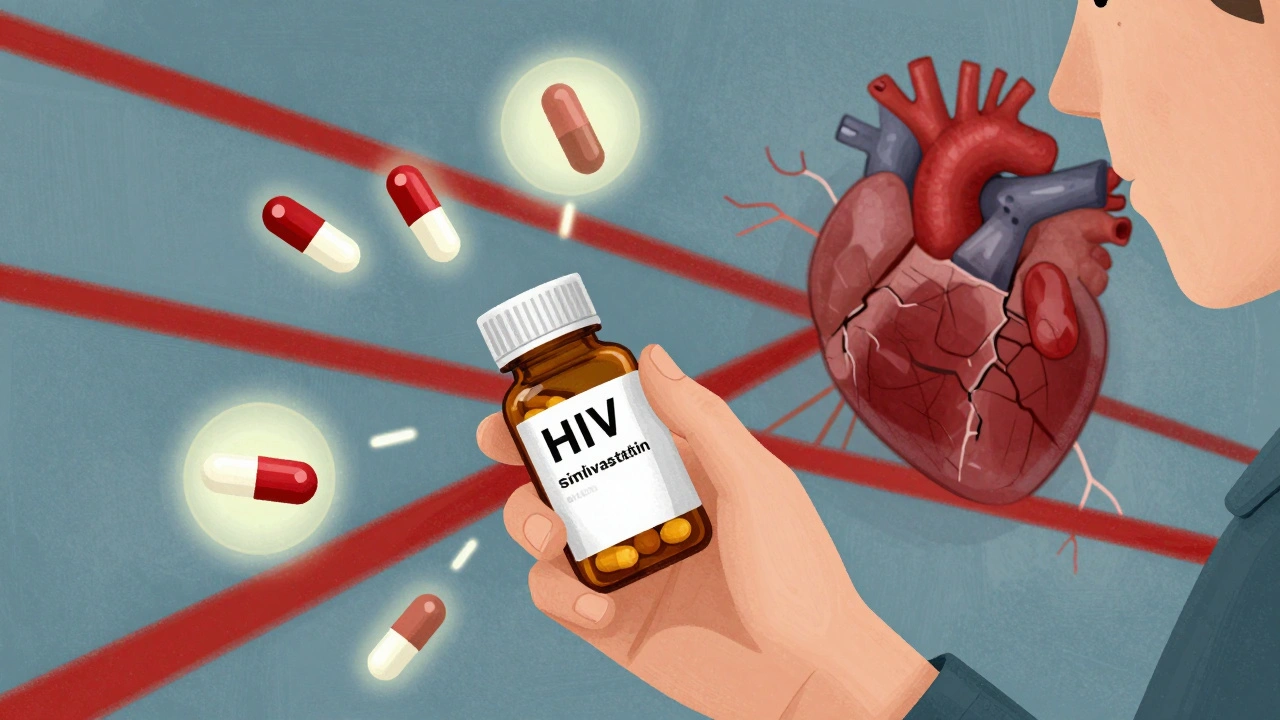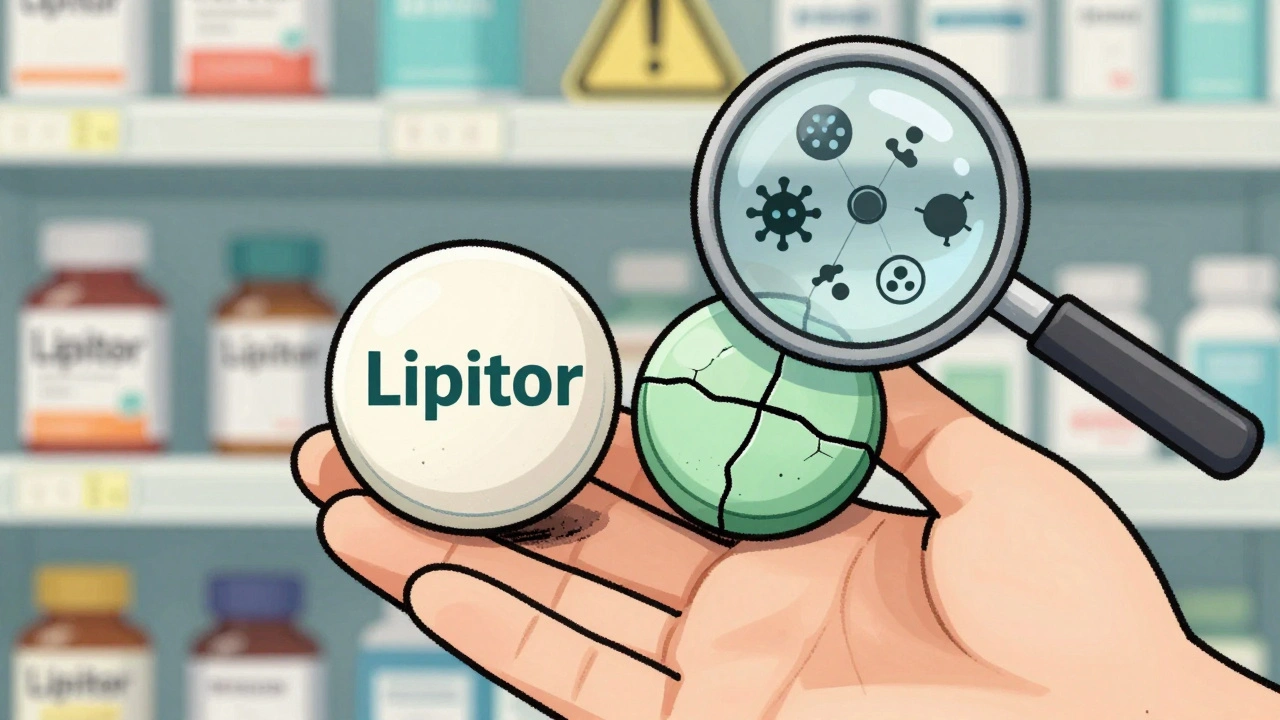Enlarged Prostate: What You Need to Know
When dealing with Enlarged Prostate, a condition where the prostate gland grows larger than normal, often causing urinary problems. Also known as BPH, it is the most common reason men in their 50s and beyond experience a weak stream or frequent trips to the bathroom. Benign Prostatic Hyperplasia refers specifically to the non‑cancerous growth of prostate tissue drives these changes, and the resulting Lower Urinary Tract Symptoms include urgency, nocturia, and incomplete emptying. One of the first‑line medicines people reach for is Finasteride a 5‑alpha‑reductase inhibitor that shrinks the gland over time, which many find helps restore a smoother flow and fewer night‑time trips.
Why the Prostate Grows and Who Is at Risk
The main driver behind an enlarged prostate is age‑related hormonal shift; as testosterone declines, more of it converts to dihydrotestosterone, which encourages tissue growth. Genetics also play a role—a family history of BPH bumps the odds. Lifestyle factors such as a high‑fat diet, excessive alcohol, and a sedentary routine can worsen the picture, while regular exercise and a balanced diet may blunt the progression. Doctors often monitor prostate‑specific antigen (PSA) levels to gauge whether growth is benign or a signal to rule out cancer. When symptoms are mild, a watch‑and‑wait approach with lifestyle tweaks and periodic PSA checks can be enough.
When symptoms start affecting quality of life, treatment steps move up the ladder. Alpha‑blockers like tamsulosin relax the muscle fibers in the bladder neck, giving an immediate relief of urgency and a stronger stream. If the gland continues to enlarge, a longer‑term strategy such as finasteride or dutasteride can shrink it by up to 30 % over several months. For men who don’t respond to medication, minimally invasive options—laser therapy, microwave thermotherapy, or prostatic urethral lift—offer symptom control without the recovery time of traditional surgery. In the most severe cases, transurethral resection of the prostate (TURP) removes excess tissue and restores normal flow.
Below you’ll find a curated set of articles that dig deeper into each of these topics—whether you’re looking for a side‑by‑side drug comparison, tips on lifestyle changes, or the latest on minimally invasive procedures. Use them to answer specific questions, compare options, and decide on the next practical step for managing an enlarged prostate.
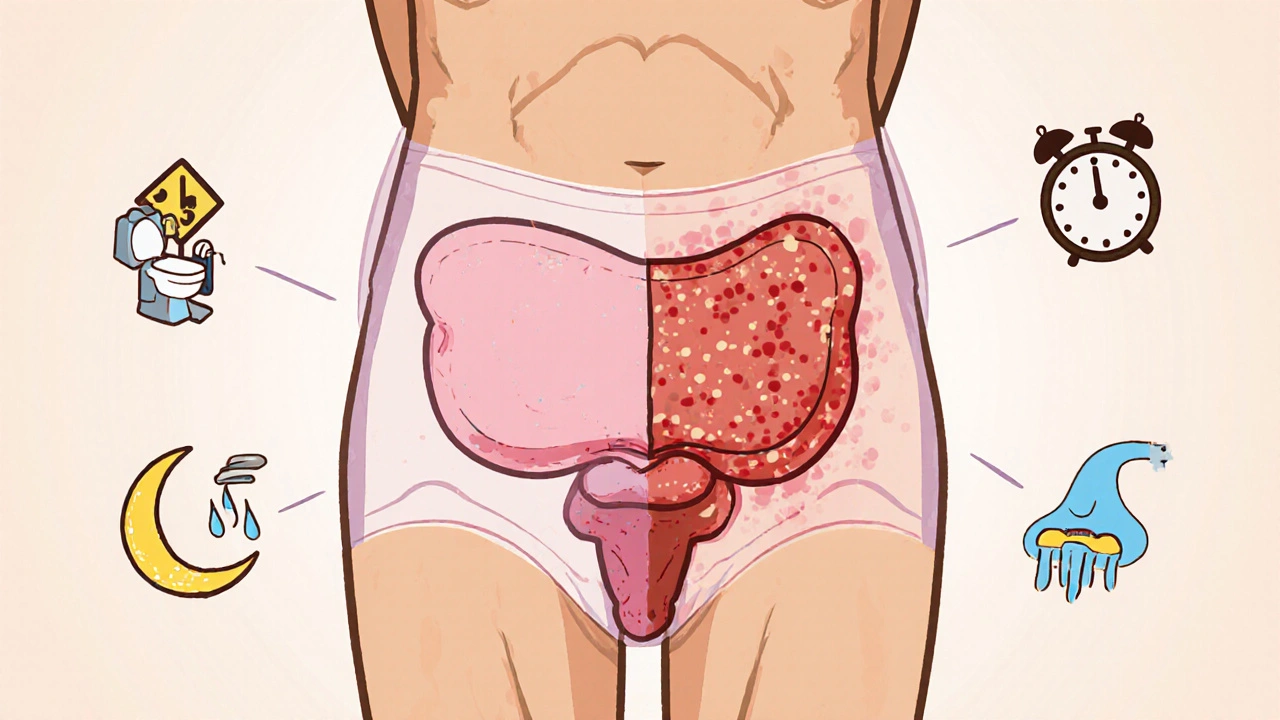
How Enlarged Prostate and Chronic Prostatitis Are Linked
Explore how an enlarged prostate and chronic prostatitis are linked, covering causes, symptoms, diagnosis, and effective management options.

